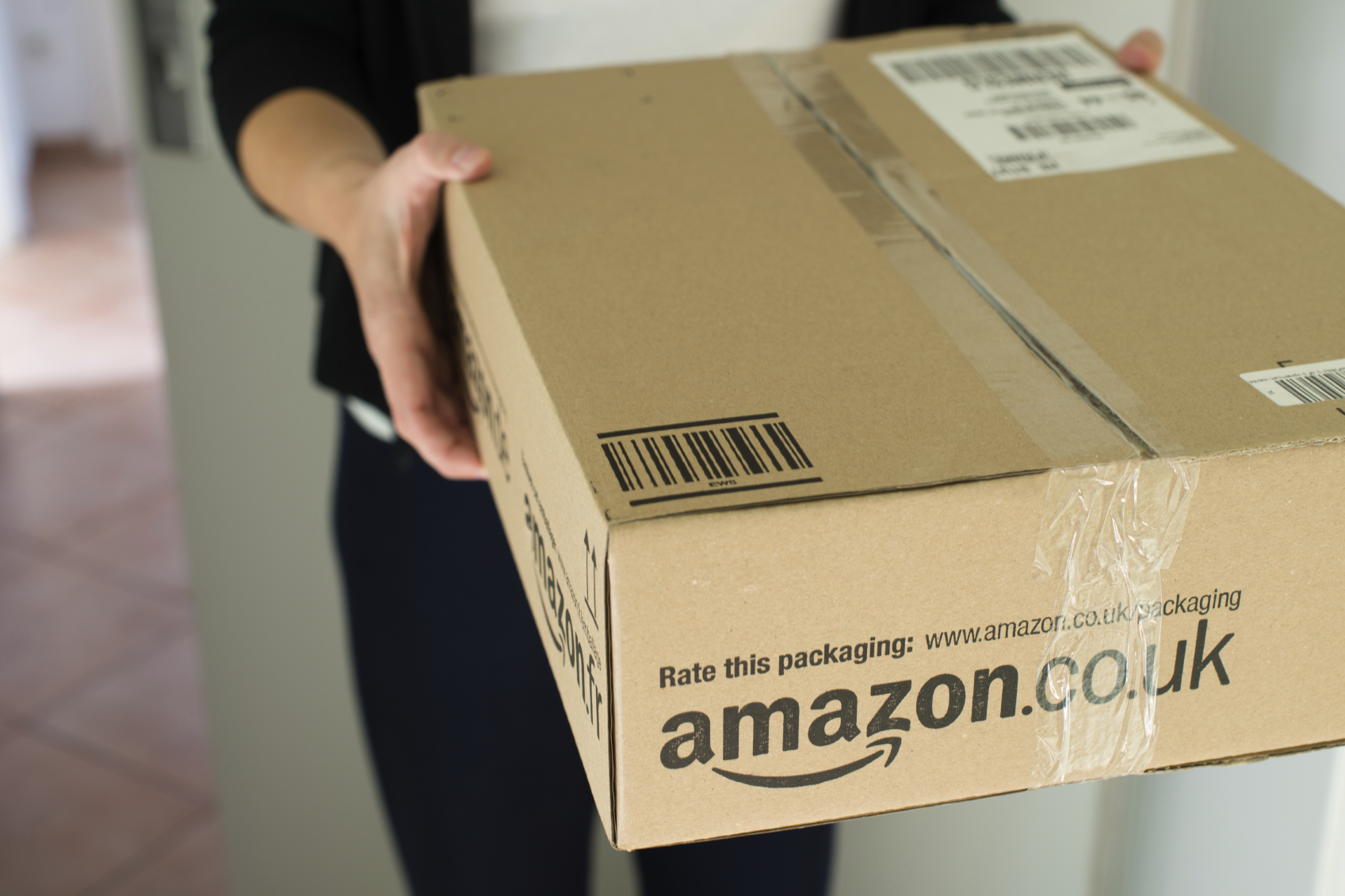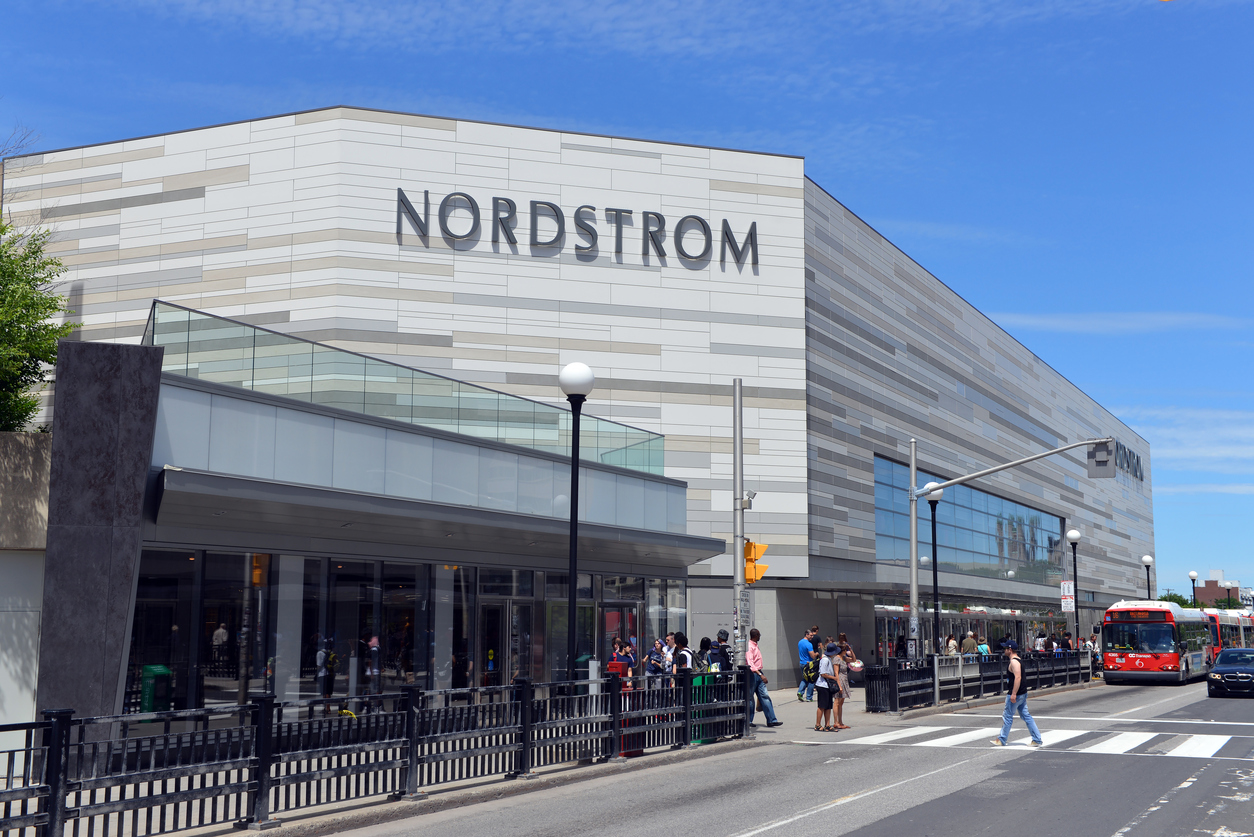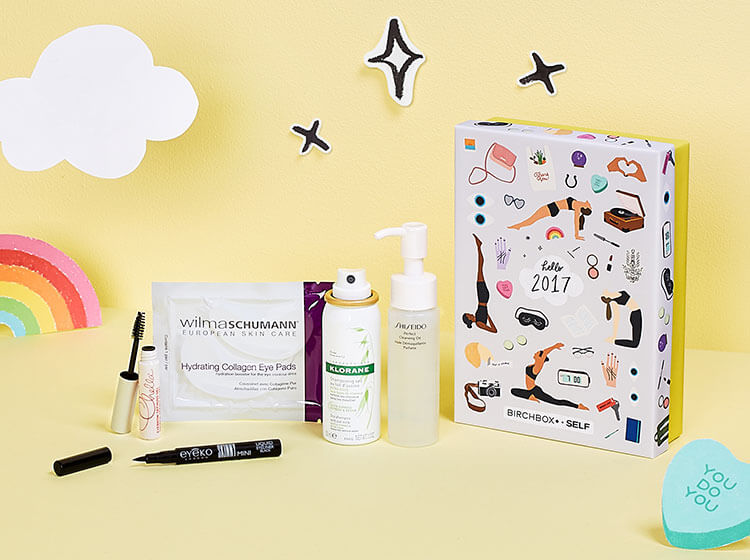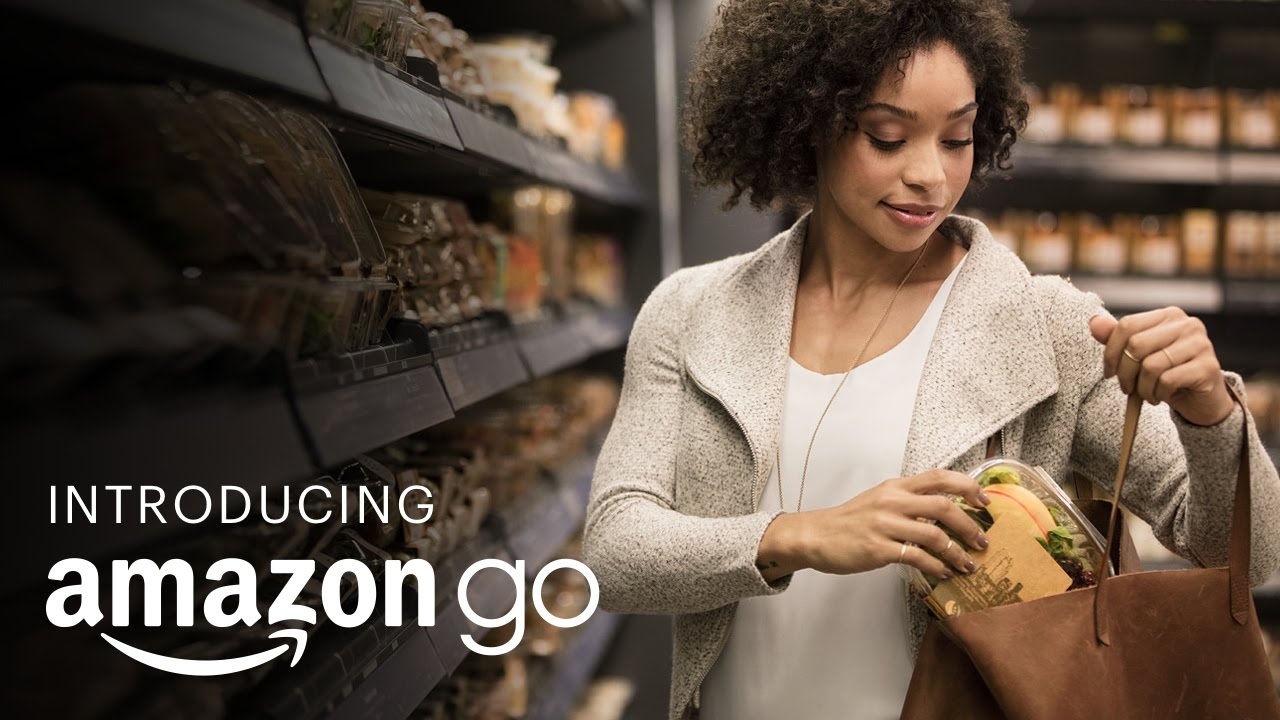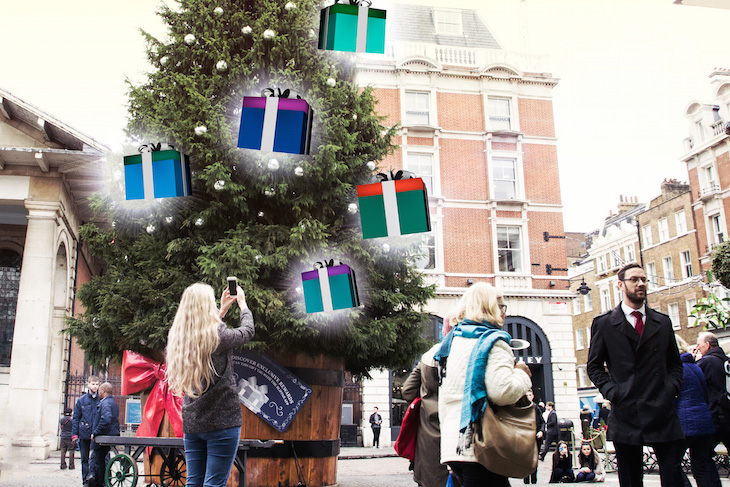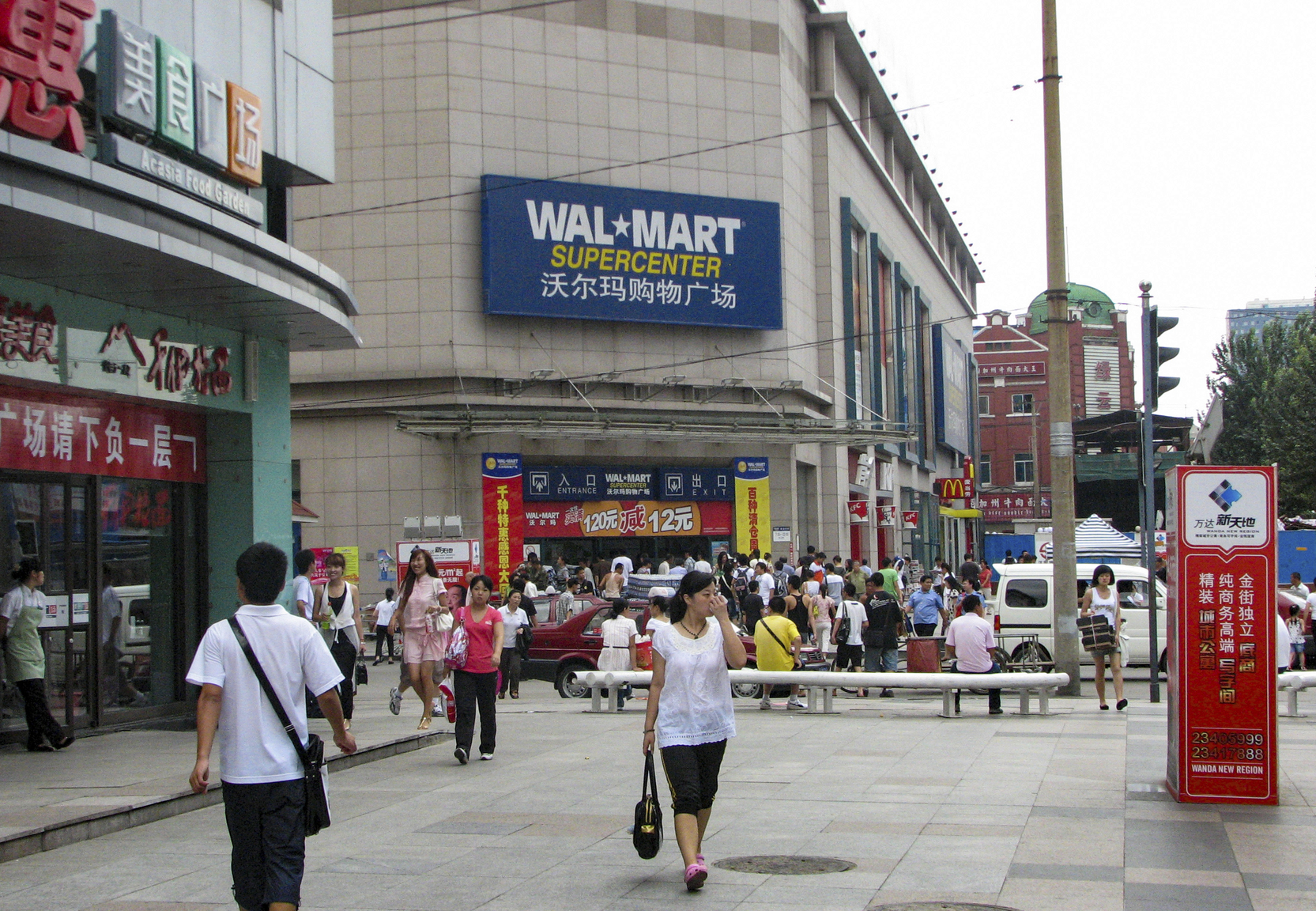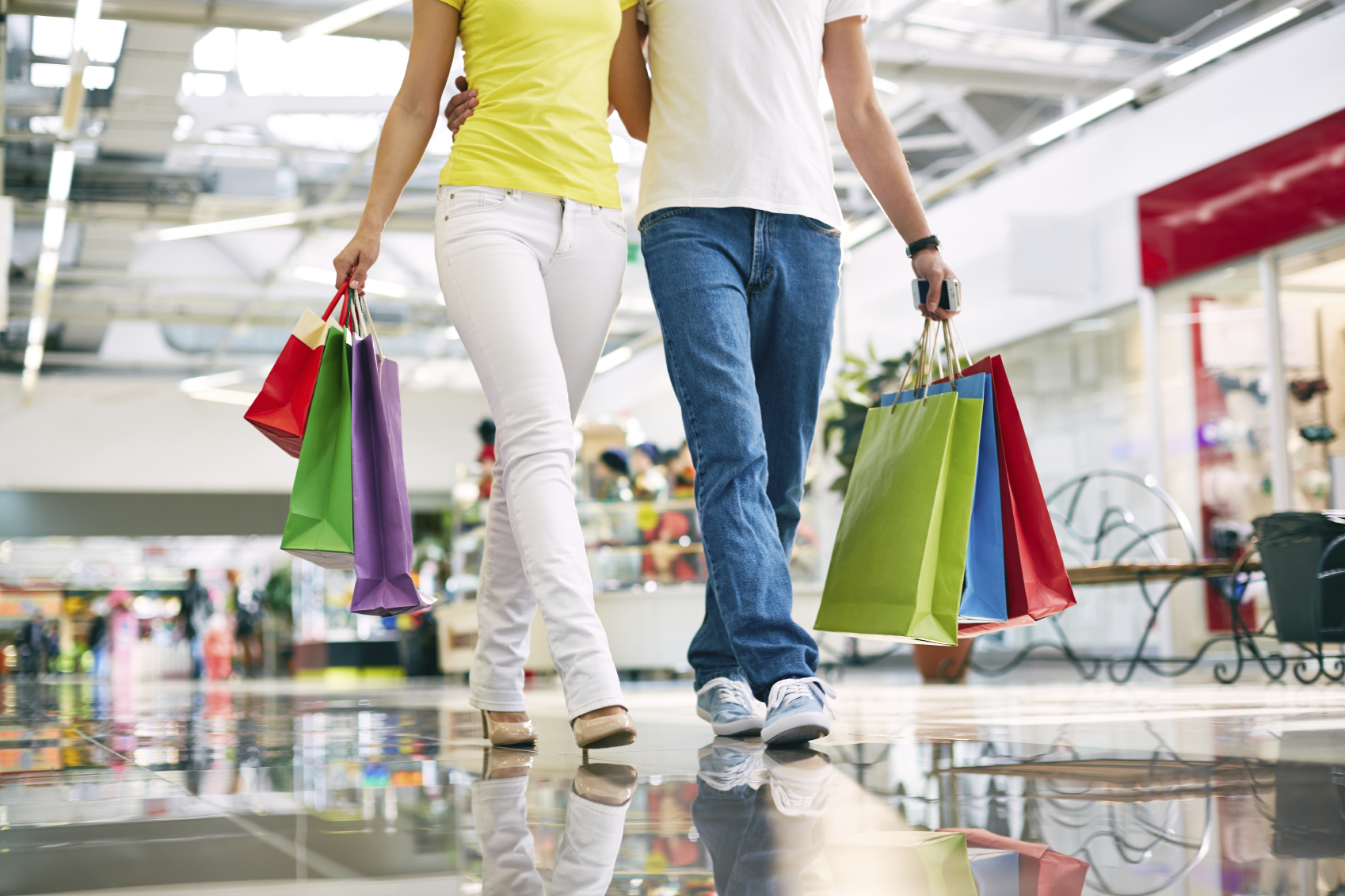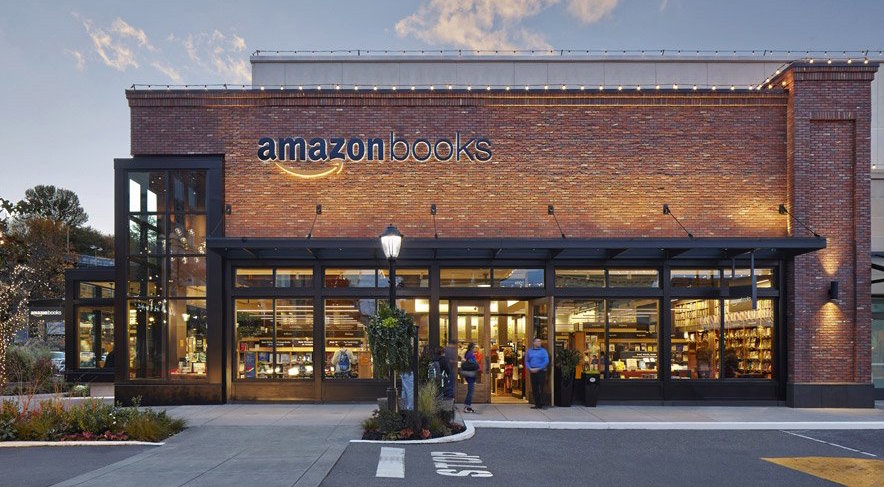What Happened
As reported by the New York Times, Amazon is “exploring” the possibility of opening more tech-powered brick-and-mortar stores to sell furniture, home appliances, and consumer electronics. Augmented reality-powered tools will be installed in the furniture store for a virtual preview, whereas the planned electronics store that would be similar to the concept of Apple Store, but with a “heavy emphasis” on hardware and services like Echo speakers and Prime Video.
Amazon has already opened five physical bookstores across the country, with more planned to open later this year, including one in Manhattan. In addition, the ecommerce giant is also nearing the opening of its cashier-less grocery store concept of Amazon Go.
What Brands Need To Do
Make no mistake, Amazon is determined to make major inroads into the brick-and-mortar retail market after dominating the ecommerce market for years, and it has all the customer data and retail technologies to back it up. This imminent grand entry should sound the alarm for all retailers and CPG brands who rely on traditional retail distributions, who should have started preparing to compete with Amazon in the offline world yesterday. Walmart, for example, announced the launch of a tech incubator focused on virtual reality and artificial intelligence to boost its retail smarts. More retailers need to start equipping themselves with new technologies in order to deliver a digitally enhanced retail experience and fight off Amazon’s advances.
Source: New York Times
